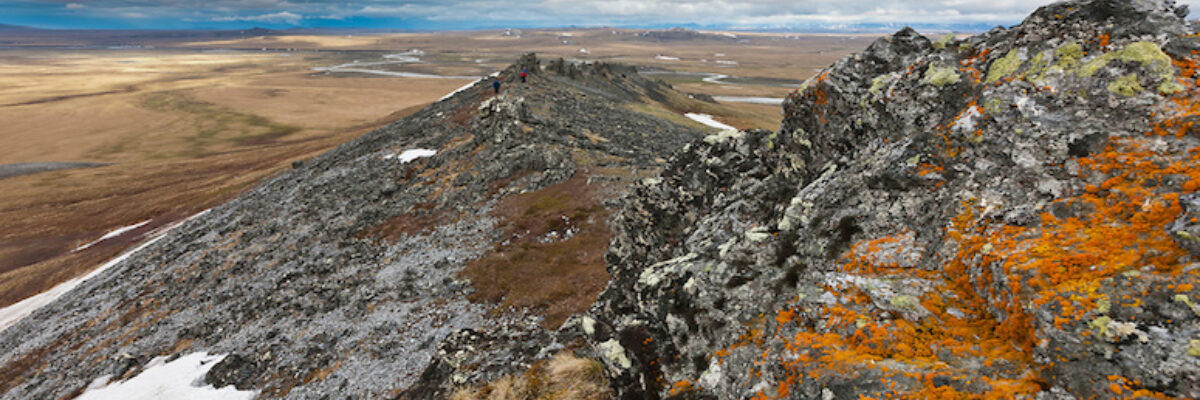
National Petroleum Reserve-Alaska
The National Petroleum Reserve-Alaska was established in 1923 as a source for oil for the U.S. Navy. At over 23 million acres, the reserve is the largest single unit of public lands in the country. Despite having “petroleum” in its name, some of the most valuable fish and wildlife habitat in the Arctic Coastal Plain is found within the reserve. This includes the biologically rich Teshekpuk Lake region and parts of the Utukok River Uplands, which are home to a wide array of wildlife, including polar bears, migratory birds, wolves, grizzly bears and caribou. The Naval Petroleum Reserves Production Act governs BLM’s management of the reserve.
2017-2021
-
November 2019
In November 2019, the Bureau of Land Management (BLM) released a draft Environmental Impact Statement (EIS) and draft Integrated Activity Plan to open an additional 6.6 million acres of the reserve to new oil and gas leasing. The expansion would include crucial wildlife habitat that BLM designated as off-limits to leasing in its 2013 Integrated Activity Plan, which was completed after extensive research and broad public involvement. According to BLM’s own estimate, the resulting oil and gas development could lead to downstream emissions increases equivalent to up to one billion tons of carbon pollution.
-
January 2020
A coalition of twelve attorneys general led by California Attorney General Xavier Becerra filed comments in January 2020 criticizing BLM’s plan. In their comments, the attorneys general highlighted the plan’s violations of the Naval Petroleum Reserves Protection Act, pointing to specific protections under the law for the Teshekpuk Lake wetlands complex, as well as protections in BLM’s 2013 plan. The comments noted that the draft EIS fails to provide any explanation or justification for the expansion of leasing into these areas. The attorneys general also pointed out the plan’s failure to adequately account for potential climate impacts, especially with regard to migratory birds, emphasizing that conditions are worse now for the Reserve’s wildlife than they were in 2013 as the result of the intensifying impacts of climate change.
-
June 2020
In June 2020, BLM issued its final Environmental Impact Statement, selecting as its preferred alternative an option that offers the opportunity to lease over 18 million acres of the National Petroleum Reserve-Alaska. In December 2020, BLM issued its record of decision to adopt the preferred alternative option.
